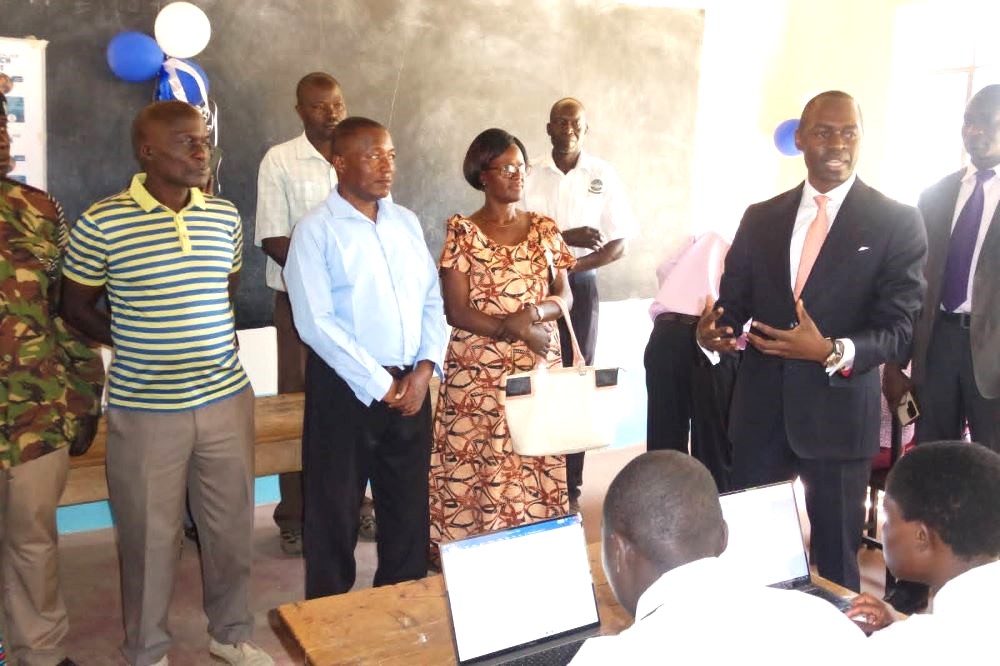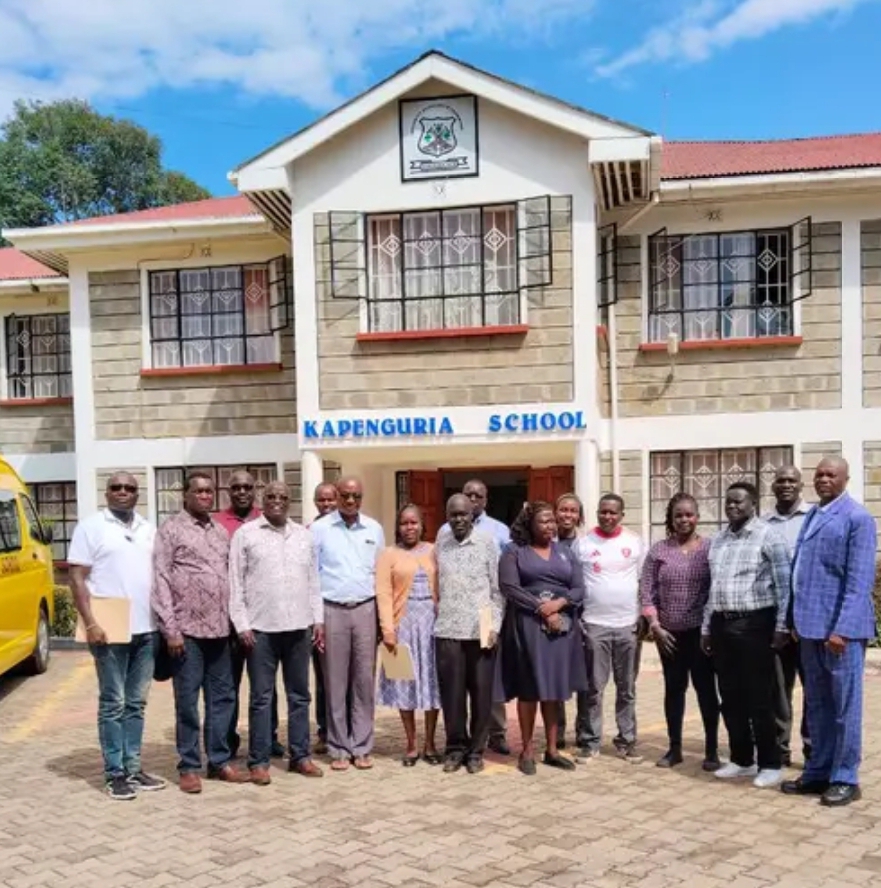In a world that usually equates power with physical strength and vitality, Pope Francis offers a striking example by embracing his frailty in full view of the public. His willingness to show his vulnerability stands as a refreshing contrast to the image of invincibility traditionally upheld by figures of authority.
Recently, after being hospitalized for five weeks with a bout of pneumonia that nearly took his life, the Pope’s frailty was unmistakable. As he left Rome’s Gemelli hospital, he could barely lift his arms to bless the crowd; his face appeared bloated, and his breathing was laboured. He was wheeled back inside after briefly addressing the public from a balcony, a clear sign of his physical weakness.
This moment of vulnerability was not something to be hidden away or denied but rather embraced. In an age when powerful figures often take great pains to conceal their physical weaknesses, Pope Francis’s openness is significant. It offers a counter-narrative to the long history of leaders who, for fear of appearing weak, went to extraordinary lengths to keep their frailties out of public view. For example, Kaiser Wilhelm II of Germany was one of the most photographed figures of his era, but he carefully concealed his lame arm in nearly every image.
Franklin Delano Roosevelt, who led the United States through the Great Depression and World War II, concealed the use of a wheelchair due to polio, ensuring that photos of him standing or sitting upright were carefully staged. In more recent history, figures like former U.S. President Joe Biden have faced scrutiny for signs of ageing, such as shaking hands or missteps in speech, with public discourse often focusing on these perceived weaknesses rather than the leader’s wisdom or experience.

Pope Francis, however, offers a different model of leadership, one that embraces rather than hides human frailty. In doing so, he sends a message that is as relevant to the young as it is to the elderly in today’s rapidly ageing world. As life expectancy increases and populations age, the challenge of growing old with dignity is one faced by many. The Pope’s example suggests that this can be done without shame or embarrassment but by recognising that frailty is part of the human condition.
This transparency in confronting ageing and weakness has deep implications for individuals and societies as a whole. In many cultures, ageing is often seen as something to be resisted or fought against, with a premium placed on youth, vitality, and independence. Older people are often marginalized or seen as burdensome, while public figures are pressured to maintain an image of strength and vigour for as long as possible.
Pope Francis challenges this notion by presenting his frailty not as a weakness but as an integral part of who he is. His leadership, wisdom, and moral authority are not diminished by his physical limitations. In fact, his openness about his condition may enhance his credibility, allowing people to relate to him more deeply.
Moreover, Pope Francis’s willingness to show his frailty provides a powerful reminder that strength is not just physical. Despite his obvious physical challenges, his courage in continuing to lead demonstrates that strength can also be found in perseverance, resilience, and humility.

His example teaches that the most important leadership qualities—wisdom, compassion, and moral clarity—are not dependent on physical vitality. In a world that often celebrates youthful energy and physical prowess, the Pope’s example reminds us that ageing and frailty do not render a person irrelevant. Instead, they offer an opportunity for deeper wisdom and insight.
The Pope’s approach to his own frailty also reflects broader themes in his papacy, particularly his emphasis on the dignity of every human life, regardless of its stage or condition. From his advocacy for the poor and marginalized to his focus on the environment and social justice, Pope Francis has consistently highlighted the importance of caring for the most vulnerable among us. His own frailty and his willingness to be seen in that state is an extension of this message. It serves as a reminder that the elderly and the frail deserve the same dignity and respect as the young and strong.
READ ALSO;
In a world where people often go to great lengths to project an image of strength and invincibility, the Pope’s frailty serves as a powerful counterpoint. It reminds us that vulnerability is not something to be feared or hidden but is a part of being human. His example challenges societal norms prioritising physical strength and youth, suggesting that true strength lies in embracing one’s limitations with grace and humility.
For young people, many of whom are grappling with societal pressures to be perfect, this example can be liberating. It offers a vision of life that values authenticity over perfection, where it is okay to be vulnerable, to face challenges, and to admit limitations. For the elderly, Pope Francis’s example is particularly poignant, offering a model of ageing with dignity. In a world that often marginalizes older people and equates ageing with decline, his openness about his frailty sends a powerful message that ageing is not something to be hidden or ashamed of but something to be embraced as part of life’s journey.

Ultimately, Pope Francis’s willingness to show his frailty speaks to the deeper truths of the human condition. His example offers hope and inspiration in an ageing world where many will face the challenges of physical decline. It suggests that even in moments of weakness, there is strength. Even in frailty, there is dignity. And even in ageing, there is the possibility of wisdom and grace.
By Kamomonti wa Kiambati
Kamomonti teaches English and Literature in Gatundu North Sub County.
You can also follow our social media pages on Twitter: Education News KE and Facebook: Education News Newspaper for timely updates.
>>> Click here to stay up-to-date with trending regional stories
>>> Click here to read more informed opinions on the country’s education landscape






